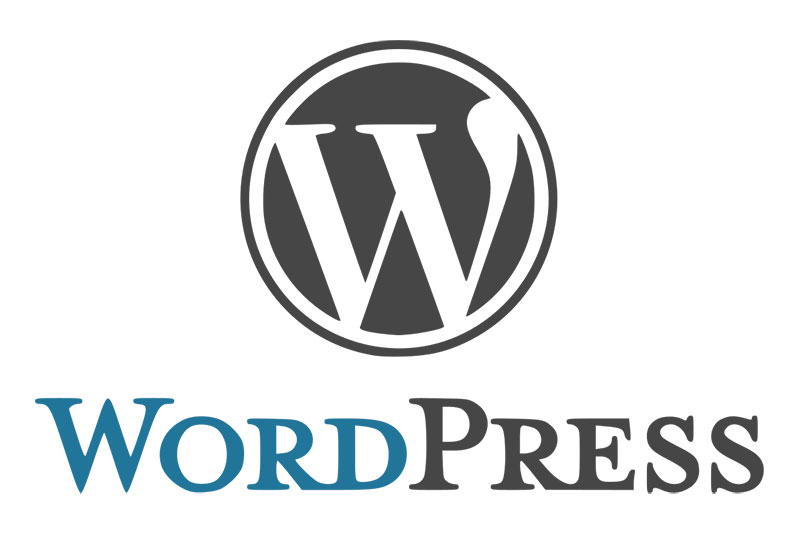WordPress is great isn’t it?
It’s useable and yet you can achieve professional results with it. Because of that, it’s one of the most popular web-design tools on the internet. That means it’s a big target for bots, hackers and other dodgy web residents. But if you use it carefully and take a few security precautions, you can stay safe and sound on this great app.
Many customers come to me with their WordPress websites out of date, insecure and malfunctioning, which is of course not ideal. So, I’m giving you a few tips on how to maintain your WordPress website to keep it secure and functioning.
Security
This is the big issue. A malfunctioning site may put a few people off, but an insecure one can endanger you and your business.
 It’s easy to think that you, as a small business or solo entrepreneur, are not going to be attacked. In reality, various attackers will go for any site and any business, large or small, so it’s important for everyone to be careful.
It’s easy to think that you, as a small business or solo entrepreneur, are not going to be attacked. In reality, various attackers will go for any site and any business, large or small, so it’s important for everyone to be careful.
The first step is to back up frequently and automatically. This means storing your site info in a safe place away from your host in case the original gets damaged. I back up my customers’ websites every night to ensure that if anything does go wrong, there will be a version of the site for them to go back to.
A good security plugin for WordPress is vital to fix security problems, stop automated (bot) attacks and strengthen passwords and login details. I use iThemes Security to keep everything locked down.
Plugins, themes and speed
Plugins and themes can be a major source of risk for your site, especially if you’re not careful with them. Being careful means only using ones you trust, removing unused ones and installing updates and patches to keep them up to date.

To update, manage and delete plugins, choose plugins from your WordPress menu as above. Then tick the box next to the appropriate plugin, and pick what you want to do from the bulk actions menu.
Remember to always back up before making changes to the way your themes and profiles are set up.
Speed is another big issue and another good reason to keep plugins in check. Lots of old ones and unused ones slow your site down and cause it to take time to load. Google doesn’t like slow sites and won’t send users to it which, needless to say, is very bad.
Some people love lots of plugins on their site, which is fair enough. They do some interesting and useful things. But keep them in check and keep their numbers down to keep your site fast.
Having said that, there are some plugins that can actually speed up your site. These are worth having as a fast site means a free ride up the Google listings. The best of them are Hummingbird and Smush.
When you have installed one of these and done as much as you can to speed your site up, you can test its load time on gtmetrix.com.
Functionality
A lot of the things you do for security help with functionality too.
 First, keep things updated to keep them working. Also, keep everything in sync, including your version of WordPress. Up-to-date plugins and themes can malfunction on an old version of WordPress and vice-versa.
First, keep things updated to keep them working. Also, keep everything in sync, including your version of WordPress. Up-to-date plugins and themes can malfunction on an old version of WordPress and vice-versa.
Also, remember that over half of internet traffic is mobile-and-tablet-based (53% according to Gs.statcounter.com). So, it’s important to test your site’s compatibility on these devices. Google has a dedicated page where you can do this by typing in your email address.
When you’ve done all of these things, which shouldn’t take too long, your site will work well for you with little-to-no danger.
If you need help with this, or anything else for that matter, feel free to contact sam@samhollis.co.uk.




